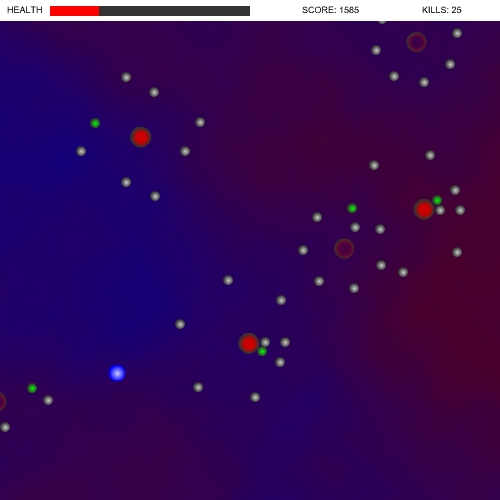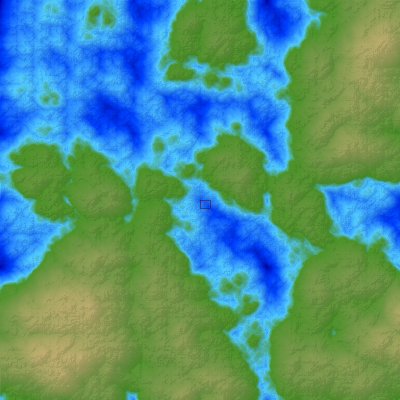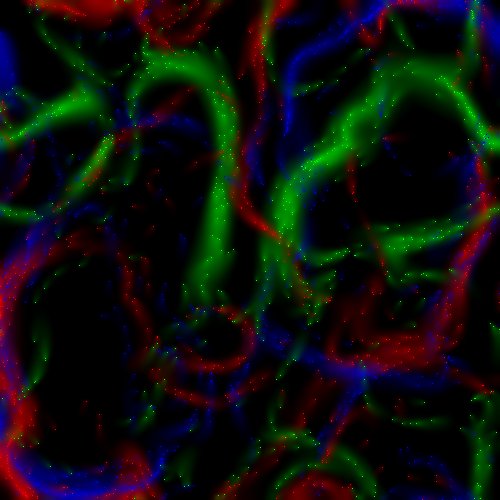Click here to launch the generator. Once it opens, click the flower to generate a new one.
The petals are arranged using the Fibonacci sequence to generate a Phyllotaxis pattern. The colors in each petal are created using Perlin Noise, and that pattern is re-drawn using a custom color map. Result: Billions of possible variations in about a hundred lines of code.










